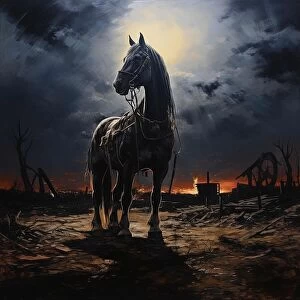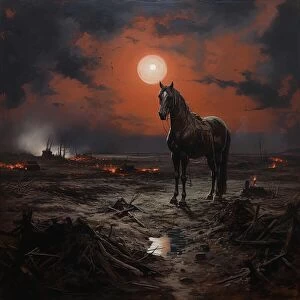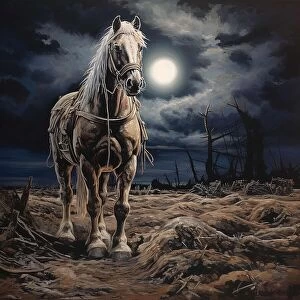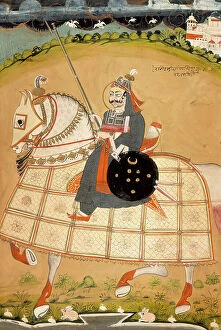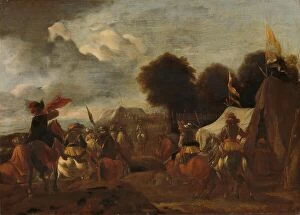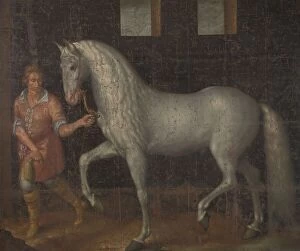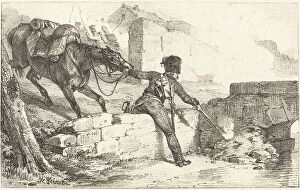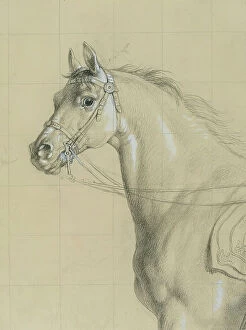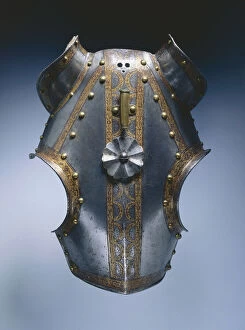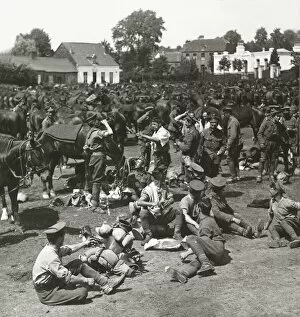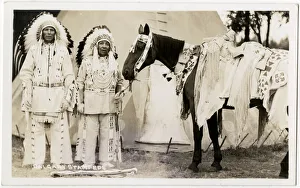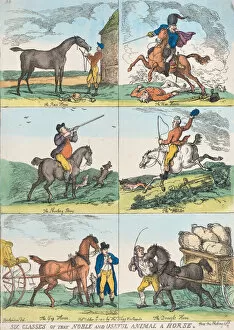Warhorse Collection
"Warhorse: A Symbol of Strength, Beauty, and Resilience" In the world of equestrian history, the warhorse stands tall as a remarkable creature
All Professionally Made to Order for Quick Shipping
"Warhorse: A Symbol of Strength, Beauty, and Resilience" In the world of equestrian history, the warhorse stands tall as a remarkable creature. Adorned with a Chanfron in Maximilian style from 1510, crafted meticulously out of steel, it showcases the intricate artistry and craftsmanship of that era. Another masterpiece is the Demi-chanfron from Augsburg in 1550; etched and gilded steel combined with leather create an exquisite blend of elegance and protection. The warhorse was more than just a majestic beast; it embodied courage and readiness for battle. Cavalry soldiers relied on these noble creatures to be always prepared for any breakthrough moment during intense conflicts. Their strength became synonymous with hope amidst chaos. Even across continents, this magnificent animal left its mark. At the Calgary Stampede in Canada, two Native Indian Chiefs proudly showcased their bond with horses—a testament to how deeply intertwined humans have been with these loyal companions throughout history. Surprisingly, even strands of horse hair hold significance. In Copenhagen's crystal case made of gilt brass lies hair preserved as a precious memento—a reminder of the enduring connection between man and horse. Art has also immortalized the warhorse's role in shaping civilizations. Engravings depicting scenes from wars remind us not only of their power but also their sacrifice on behalf of humanity. Not limited to battles alone, horses played pivotal roles beyond warfare too. The pommel plate from Rudolf II's Flechtband garniture saddle exemplifies how they were cherished by nobility outside combat scenarios—symbols representing status and grandeur. Centuries apart yet united through artistry are Albrecht Durer's creations—the Little Horse (1505) and The Large Horse (1505). These masterpieces capture both gracefulness and strength—an everlasting tribute to these awe-inspiring animals who have stood alongside mankind since time immemorial. Even in literature, horses have left an indelible mark.



